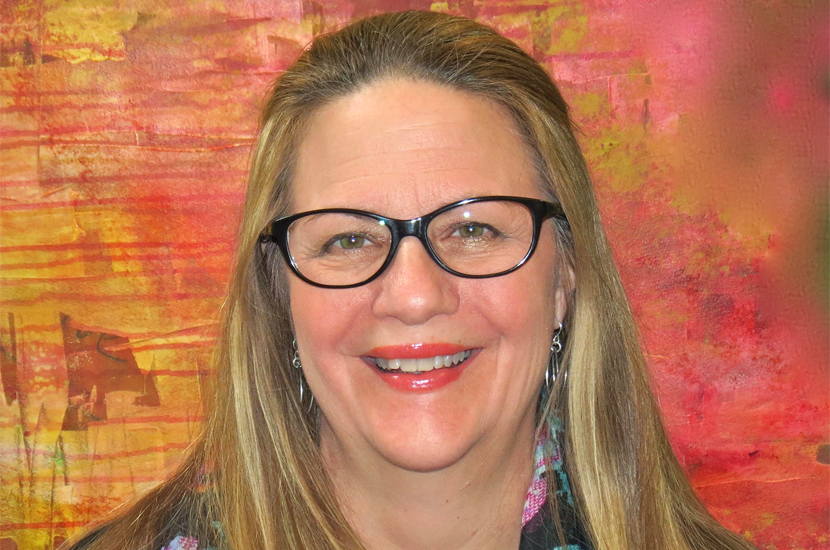
What is the difference between counseling and therapy?
I wish I had a nickel for every time I have been asked to clarify the difference between “counseling” and “therapy.” That question comes up often. It even came up as we were developing our new website.
And that got me thinking, what is the difference between the two?
“Counseling” comes from a Latin word, consilium, which originally meant consultation or advice. It creates a relationship wherein one person provides assistance and guidance to another in order to solve problems and resolve difficulties. This, I think, implies that there are specific answers that are available and there is someone who is qualified to help you seek and find those answers to address your dilemma.
But “Therapy....” Therapy is a tricky word. It comes from the Greek word, therapeia, meaning healing. The definition of healing: An antidote, cure, remedy or rectifier.
At Stillpoint we say that we hold space, “so you can heal.” That makes me stop and pause: What do we mean when we say that?
We have learned that each of us holds many viewpoints of the same circumstance. Sometimes those viewpoints create conflict within our relationships. Other times they create discomfort within ourselves. Other times they create frustration among us.
At Stillpoint, we are saying that we are here “so you can heal,” and we mean that we see therapy as creating a space to hold conflict -- within ourselves, between those we love and within the context of life’s experiences.
In the tension that is recognized and contained between contradictory perspectives, a greater and deeper truth emerges. It is a bit like holding sodium and chlorine together. Sodium is a highly negative metal and chlorine is a poisonous gas. When held together, however, they create salt, a different substance that brings life to food.
It is possible in therapy to hold the acceptance of a situation and the need to change that situation as both true. It is within this "both/and" space that healing can begin. Holding both viewpoints are true, even though contradictory, and sitting with that discomfort, creates the first step forward and a way for healing to emerge.
It is not “an answer.” It is a way forward. A third perspective that, when chosen, allows for a synthesis of new understanding. This new perspective creates the possibility for wholeness.
So…you can heal.
About Elizabeth M. Johnson, LCSW, LMFT
Therapist and Clinical Director
Beth has been practicing individual, relationship and family therapies in the Indianapolis and Greenwood communities for more than 30 years. She completed her studies through Indiana University, including 13 years of supervision specializing in Marriage and Family Therapy.
Beth also is an artist and writer and has a passion for creating art and offering creative opportunities for women.

